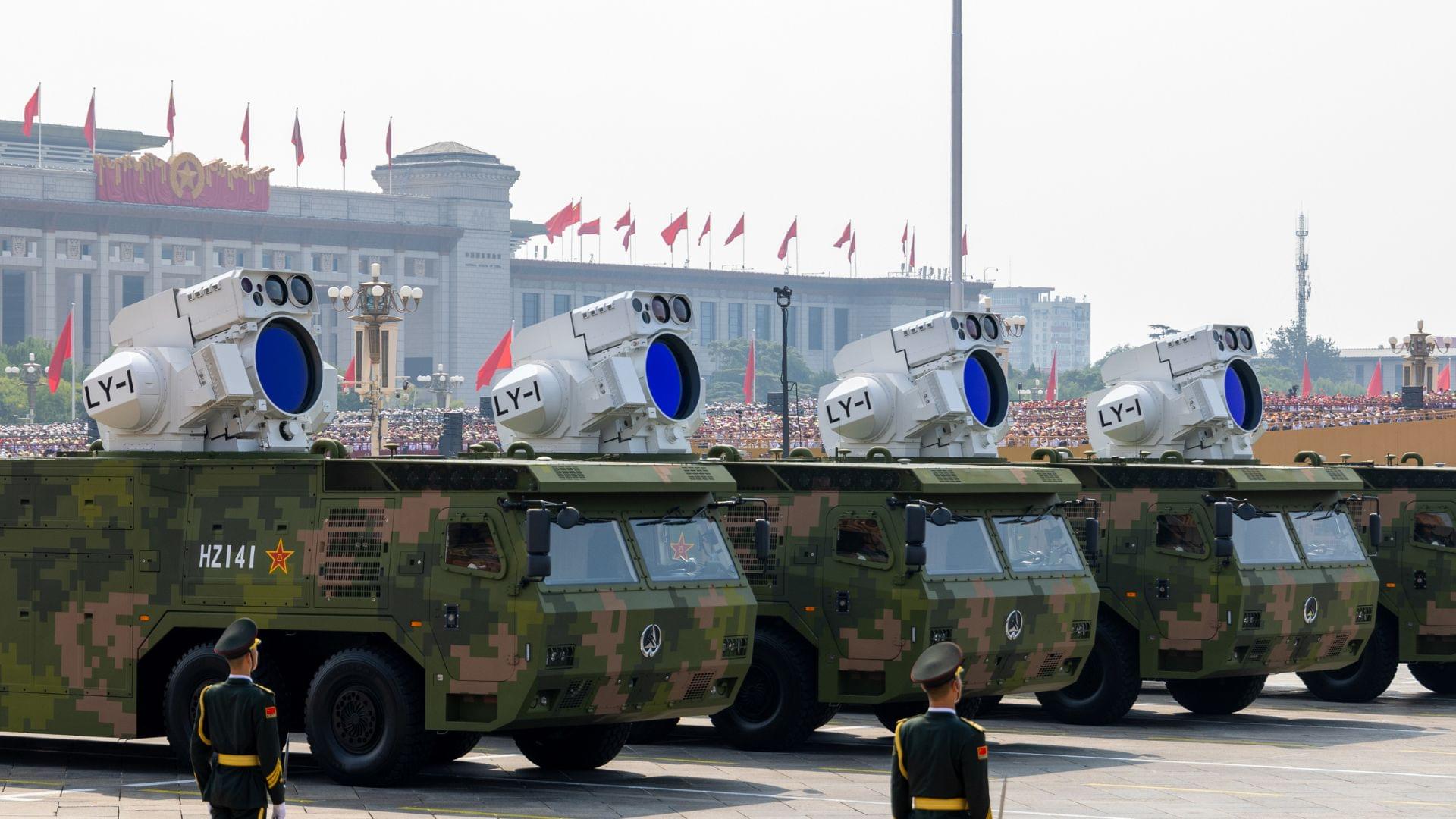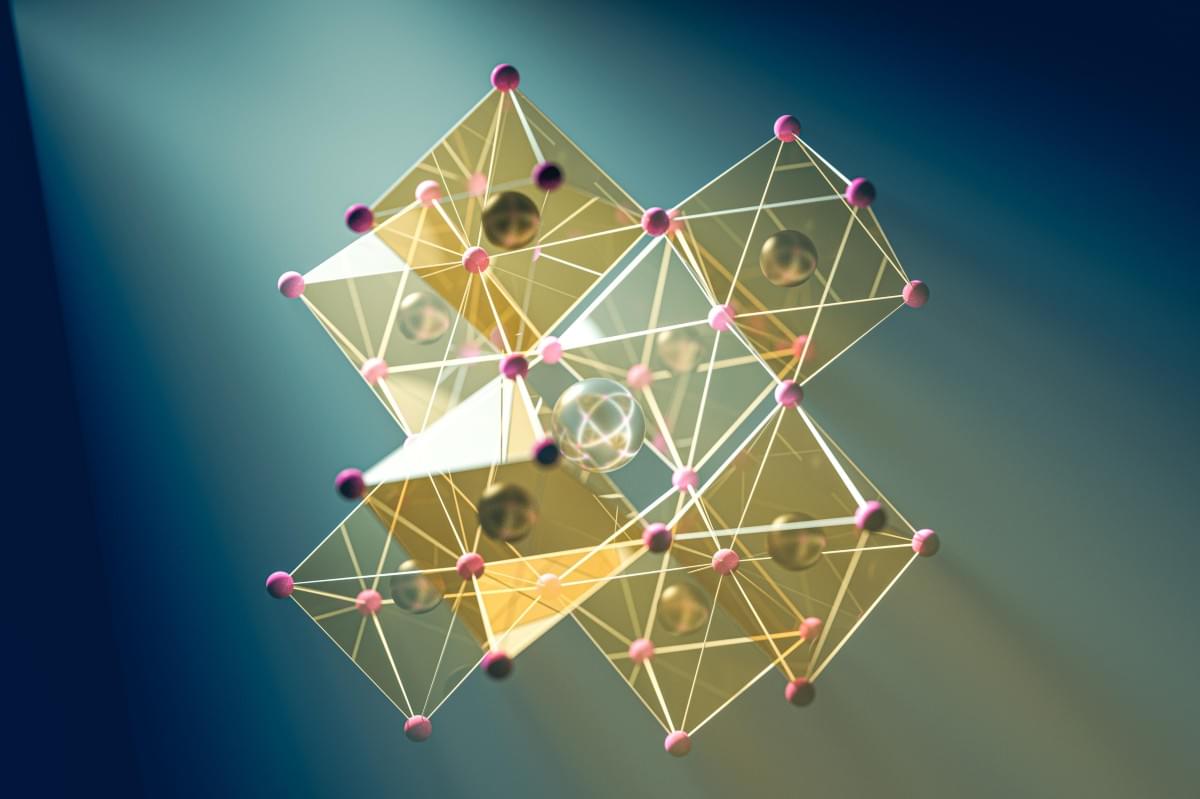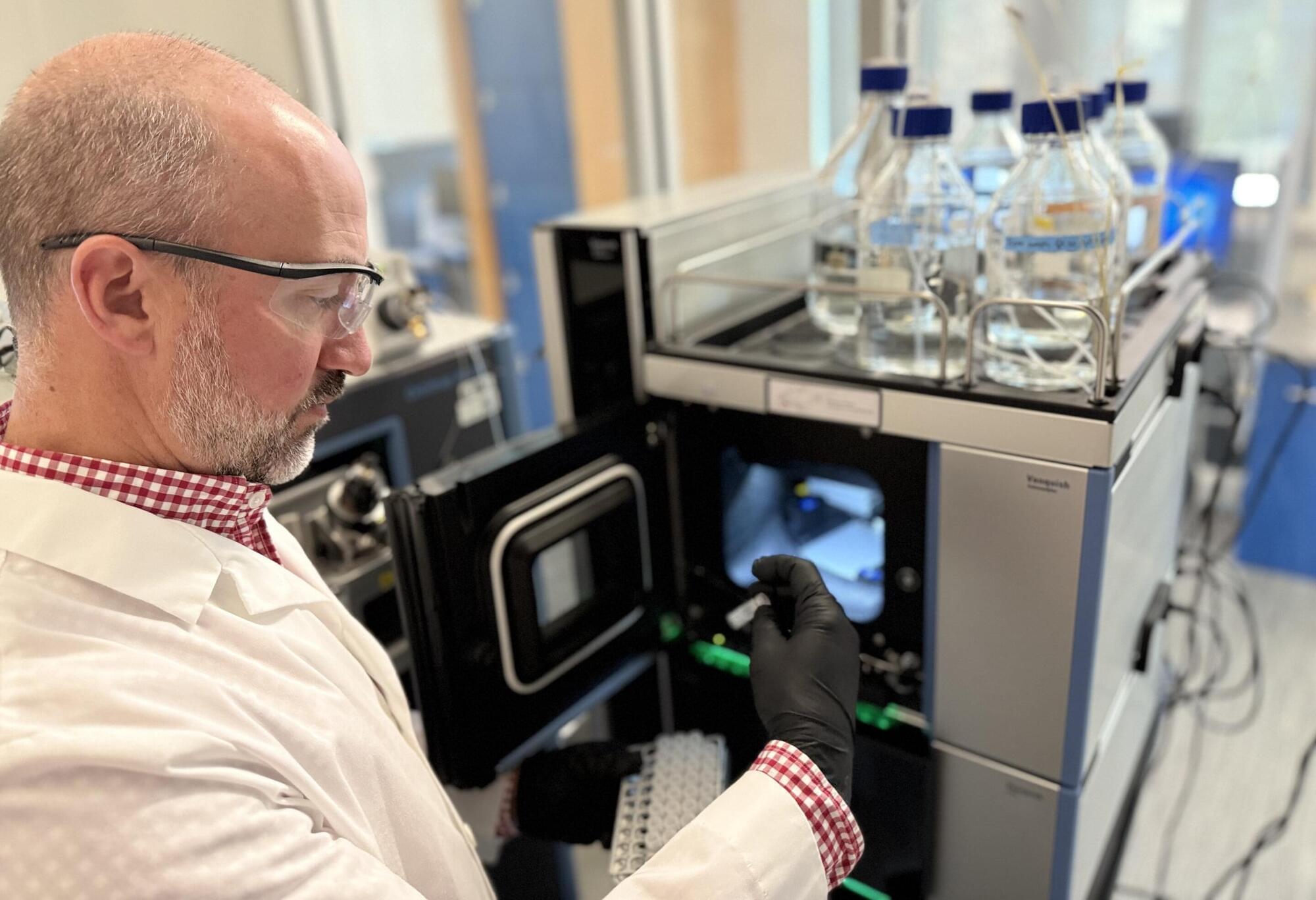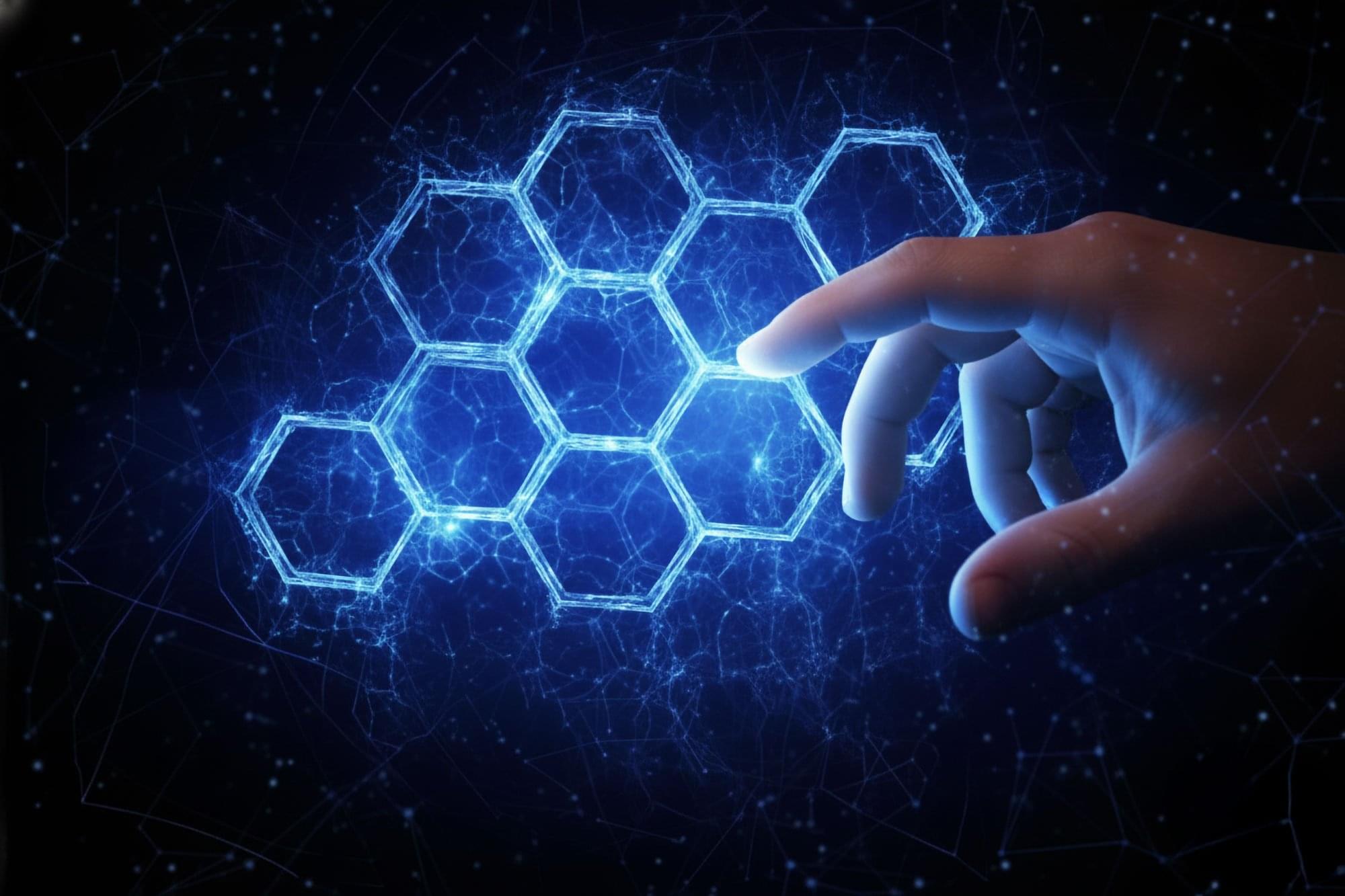Iron-nitrogen-carbon catalysts have the potential to replace the more expensive platinum catalysts currently used in fuel cells. This is shown by a study conducted by researchers from the Helmholtz-Zentrum Berlin (HZB), Physikalisch-Technische Bundesanstalt (PTB) and universities in Tartu and Tallinn, Estonia. The research is published in the journal ACS Nano.
At BESSY II, the team observed the formation of complex microstructures within various samples. They then analyzed which structural parameters were particularly important for fostering the preferred electrochemical reactions. The raw material for such catalysts is well decomposed peat.
Fuel cells convert the chemical energy of hydrogen directly into electrical energy, producing only water. Fuel cells could be an important component in a climate-neutral energy system. The greatest potential for improvement lies in the reduction of costs via the replacement of the electrocatalysts, which are currently based on the precious metal platinum.








